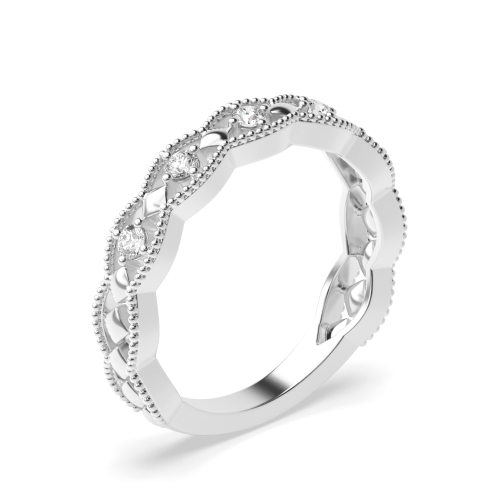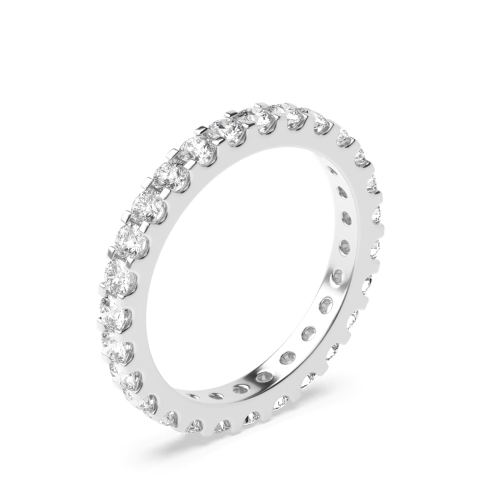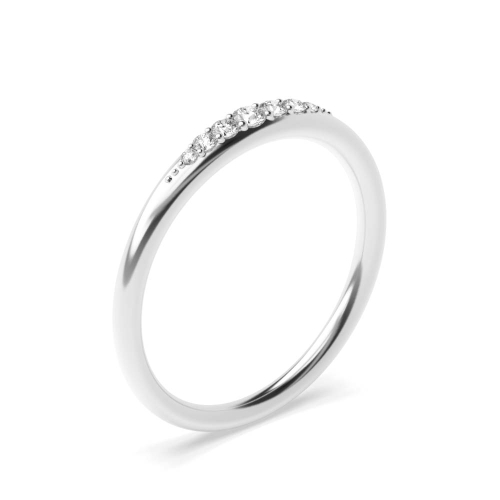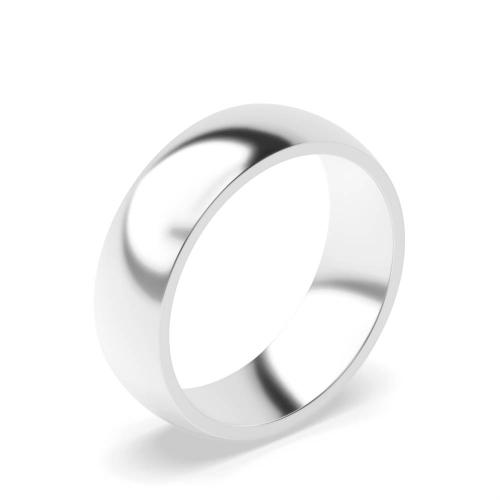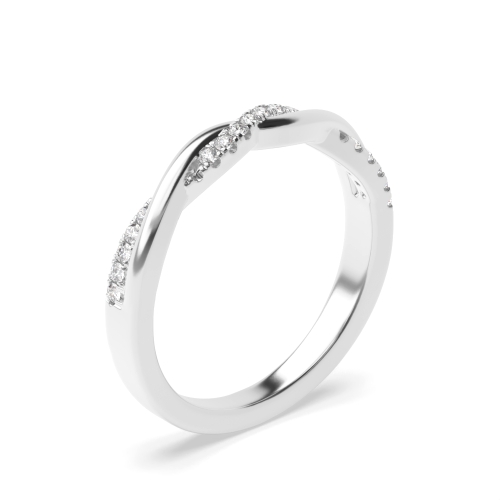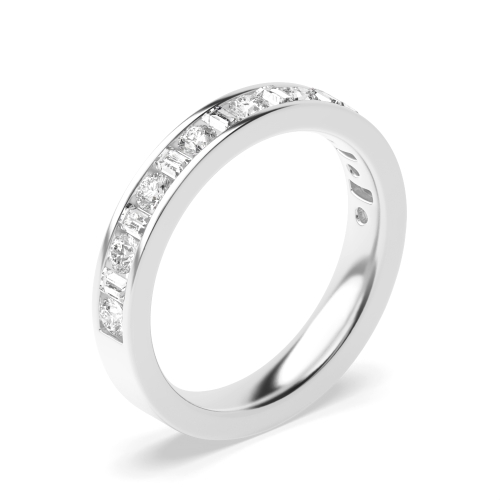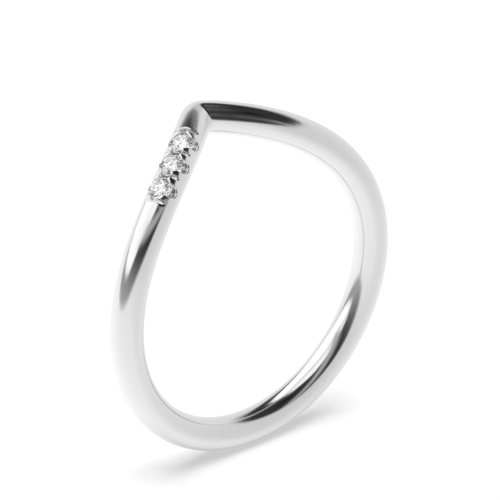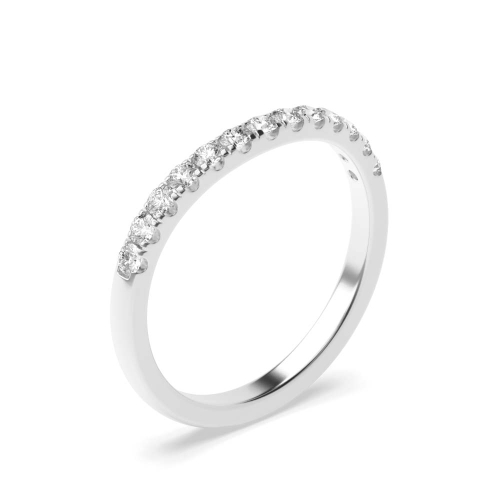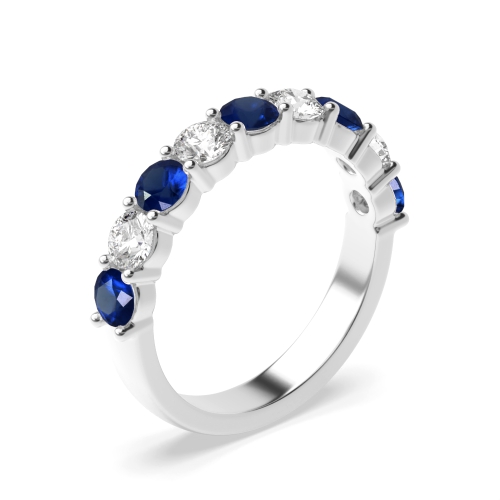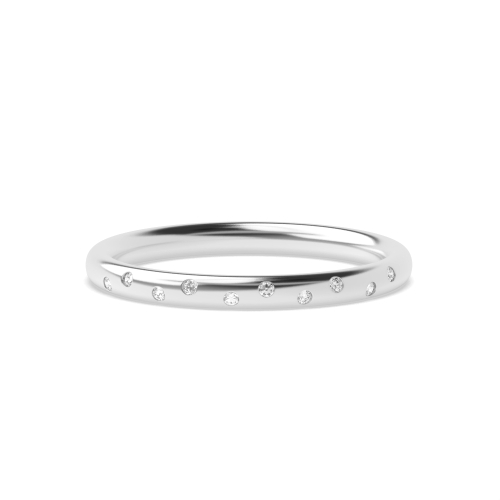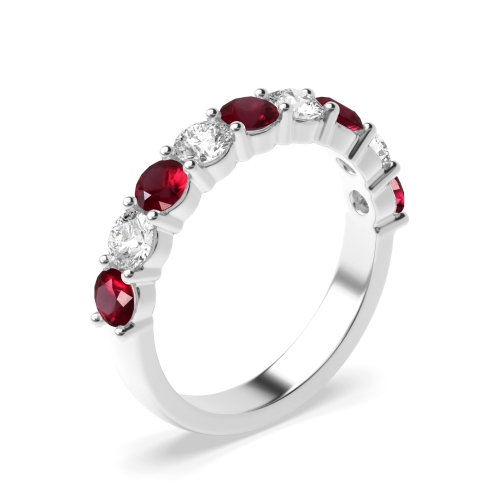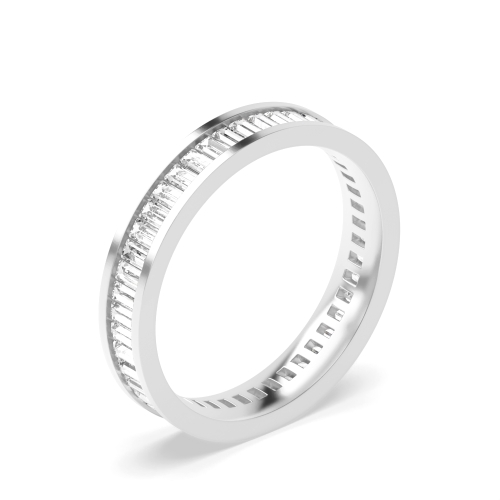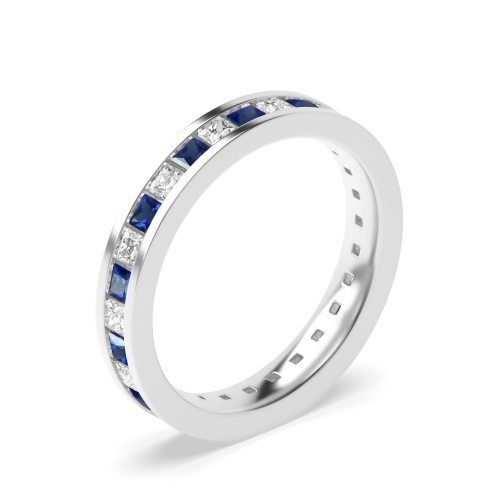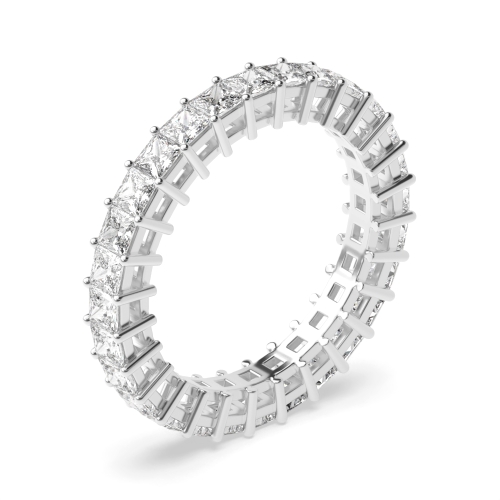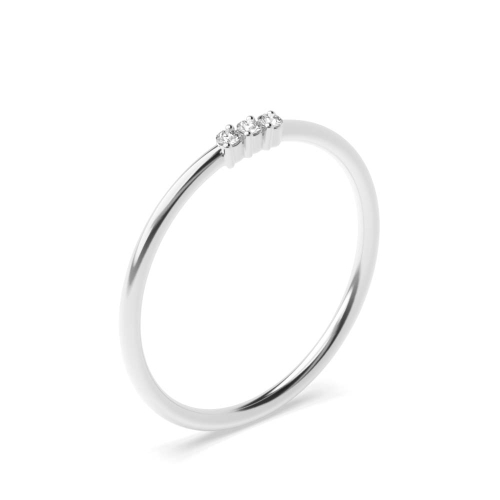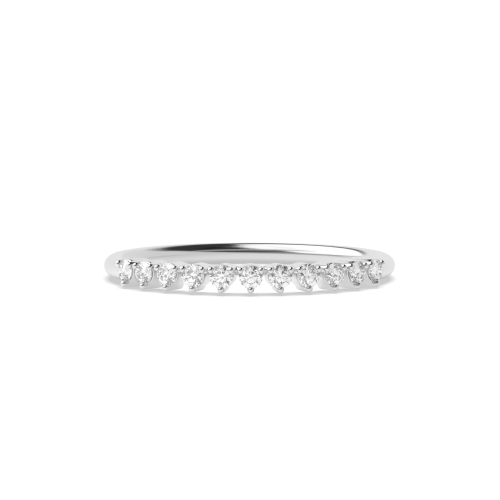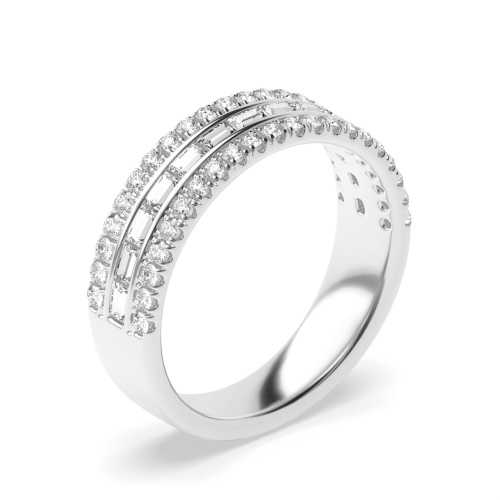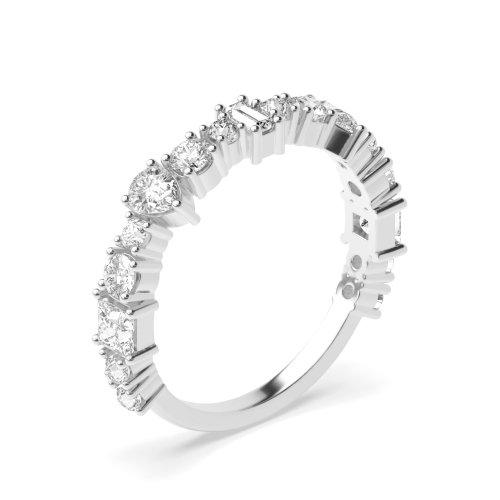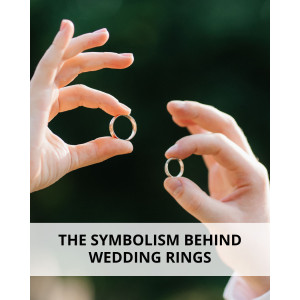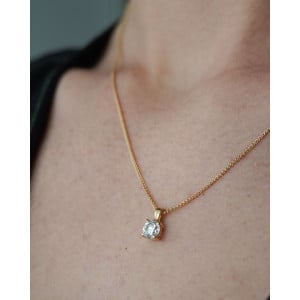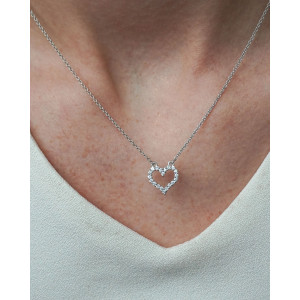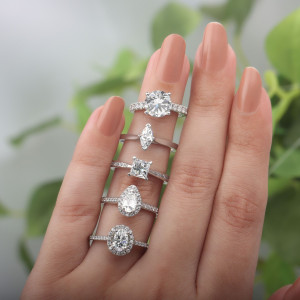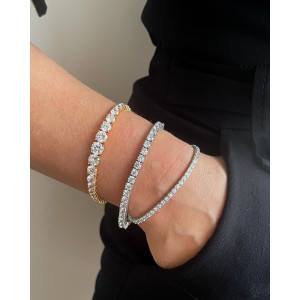women's diamond wedding rings & bands
If you’re in search of a women’s wedding ring that truly stands out, our diamond wedding rings and bands at Abelini are a perfect choice. These elegant and everlasting pieces symbolise true love and fidelity and are available in a variety of colours, styles, and designs. Our collection offers a range of metal options including silver, gold, and platinum. Popular metals for our wedding rings for women include yellow gold, white gold, rose gold, and platinum. Choose from plain bands, eternity bands, or bands with diamond or gemstone accents to match your personal style and engagement ring. For a classic look, complement the sparkling diamonds with a white gold wedding ring or elevate the luxury with a platinum and diamond ladies’ wedding ring. Whether you prefer a modern and minimalist design or a diamond-filled ring that sparkles for years to come, we have the perfect wedding bands for women. Read More >>
Filter
Wedding Rings & Bands FAQ
On average, wedding rings cost anywhere from £100 to £3000, depending on factors such as design, metal choice and any gemstones used. Wedding rings are often less expensive than engagement rings.
Traditionally, the groom, or his family, pay for the bride’s wedding ring. However, some couples may choose to do this differently! The person who hasn’t bought the engagement ring (often the woman) might purchase the wedding rings for both the bride and groom. Sometimes, the couple might choose to split the cost of the wedding bands between them. Ultimately, the choice is up to you and what feels right to you as a couple.
According to tradition, women wear their wedding rings on the left hand, because this is the side closest to the heart. The ring is also worn on the fourth finger because it's believed the vein in this finger runs to the heart, named the “vein of love”.
In Europe, a woman might wear her wedding ring on her right hand if she usually shakes other people's hands with her right – this makes it clear to others that she is married. Some left-handed people might also wear their wedding rings on their right hand to prevent damage to the ring. Others believe that wearing a wedding ring on the right hand also signals economic independence. Ultimately, there’s no rule about which hand you should wear your wedding ring on, so you can wear it any way you want.
A bride usually wears two rings on her wedding day. However, she may wear her engagement ring on her right hand while walking down the aisle so that her left hand is free. After the exchanging of the rings, she can put the engagement ring on top of her wedding band. According to legend, the engagement ring protects the wedding ring.
You might do this at work to avoid damage to the ring, or perhaps the ring doesn’t fit you anymore. Alternatively, you may have separated from your partner. Taking off your wedding ring can also signal that you’re a widow.
As of 2018, women get engaged at the age of 36, on average. This has increased from an average age of 27 in 1972, which shows there’s no right or wrong age.
































